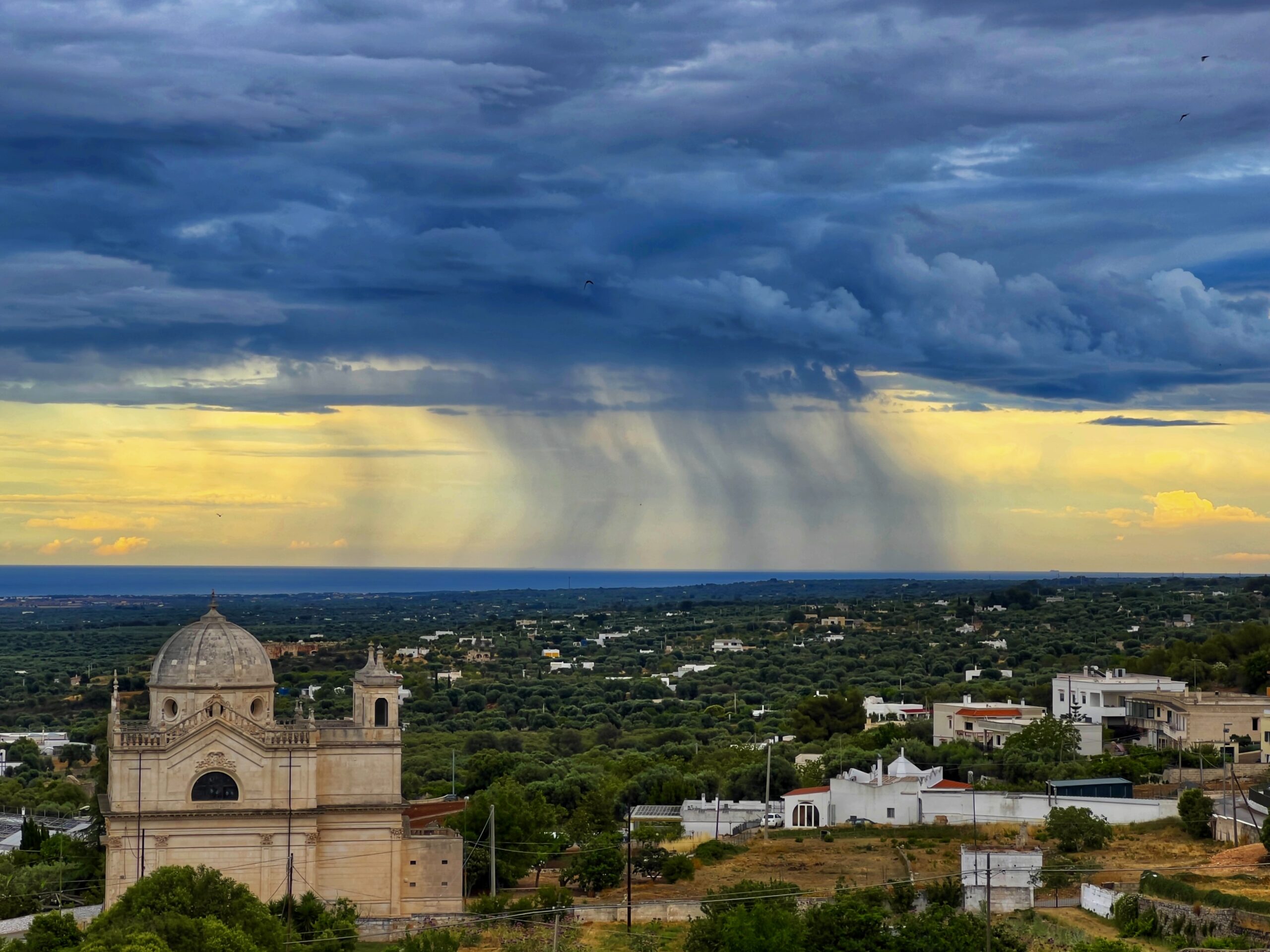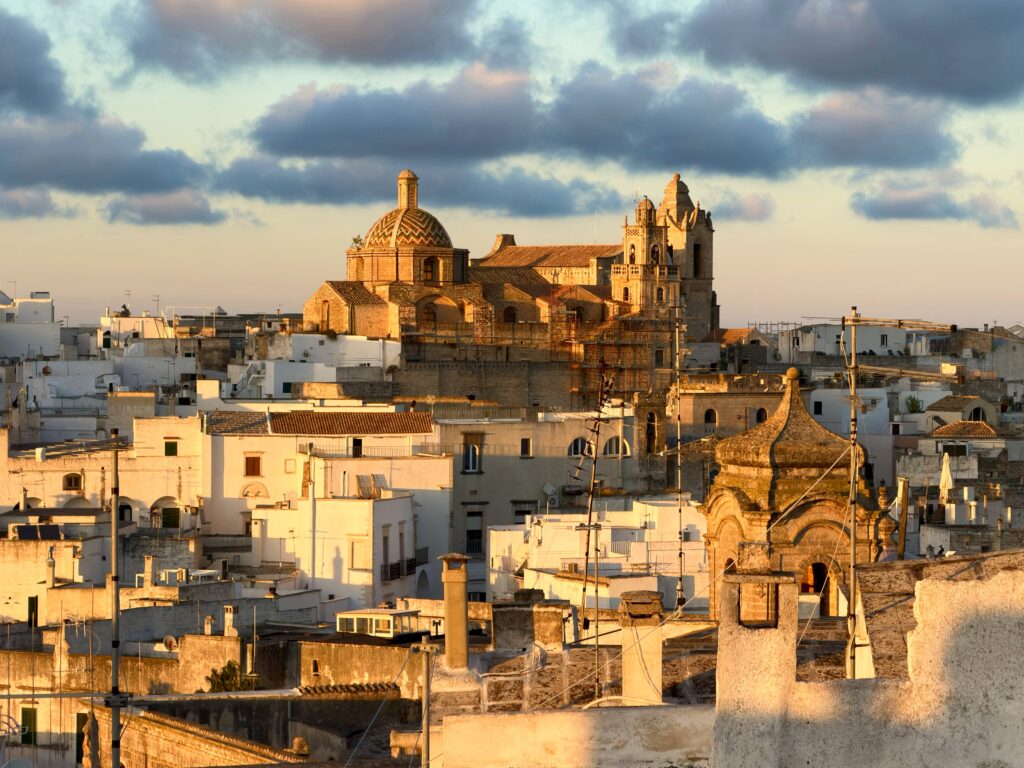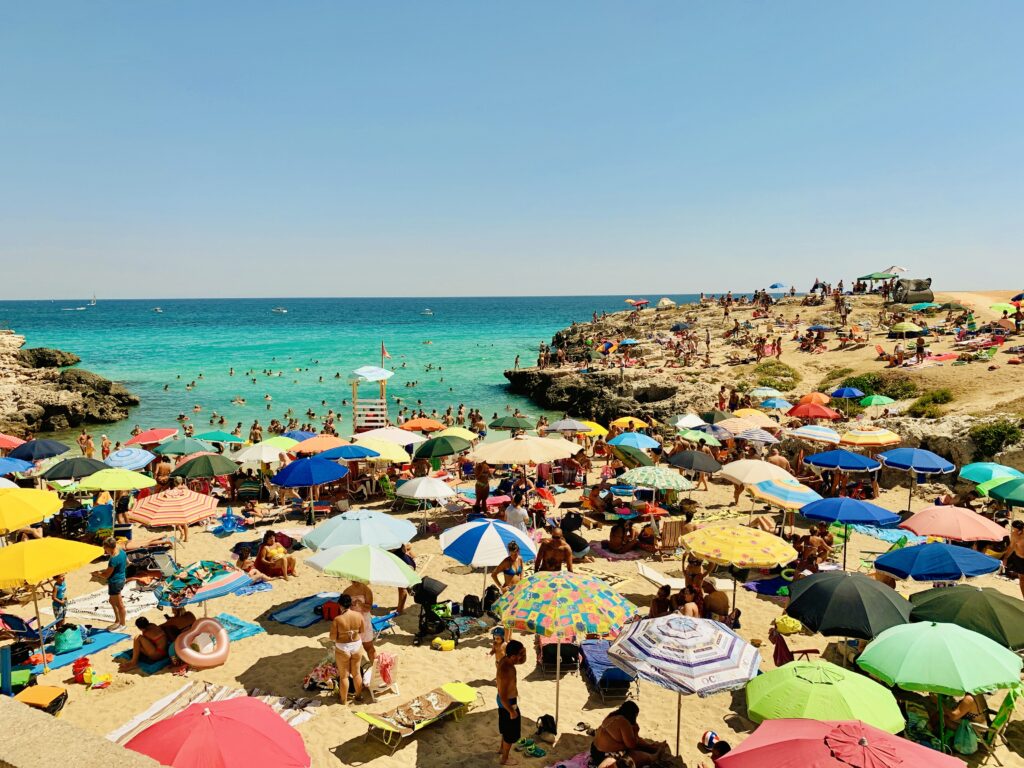If you’ve noticed weak water pressure during your stay in Puglia, it’s not just your accommodation. From mid-October 2025, the region’s water company, Acquedotto Pugliese (AQP), has reduced water pressure across the entire network. The reason is simple — Puglia is facing one of its most serious water shortages in decades.
A prolonged drought, warmer winters and lower rainfall have left the region’s reservoirs and natural springs dangerously depleted. To avoid harsher restrictions such as daily water cut-offs, AQP is lowering pressure to help conserve supplies. This is the fourth water crisis since the turn of the millennium, and officials warn that 2026 could see similar challenges unless rainfall increases significantly.
Below, we’ve translated a recent Italian news report that explains the situation in detail — including where Puglia’s water comes from, how long supplies are expected to last, and what local residents are doing to cope.
AQP: From Monday, Water Pressure in Puglia to Be Reduced – “Reservoir Reserves Down 61%”
by Anna Piscopo | La Repubblica, 15 OTTOBRE 2025 ALLE 07:00
Starting next Monday, water pressure across the Puglia region will be reduced. It’s the fourth water crisis since the start of the millennium, driven by ongoing climate change. As in October 2024, Acquedotto Pugliese (AQP) says the reductions aim to avoid harsher restrictions such as scheduled water shut-offs. “It’s essential to limit consumption as much as possible and install a pressure tank,” AQP advised.
The situation is serious: even the rainfall forecast for the coming days will not be enough to replenish the water that reaches homes. More than 70% of Puglia’s drinking water comes from neighbouring regions, mainly Campania and Basilicata. Rainfall will help only marginally — by replenishing groundwater and irrigating some crops.
Demand and Supply
For now, available water is sufficient to cover AQP’s entire supply network — serving more than 4.3 million people — until January. However, pressure reductions and individual savings could extend that timeframe.
“Recent rainfall hasn’t been enough to restore the sources, already weakened by nearly two years of drought,” explained Antonio De Leo, AQP’s industrial director. “The availability of spring water is down 28% compared with the ten-year average, and these sources supply about a third of the drinking water we distribute. Even more critical is the situation of the reservoirs, which provide the remaining two-thirds of demand: their reserves have collapsed by 61%. Less than half of that water is actually destined for human consumption.”
Where Puglia’s Water Comes From
AQP draws roughly 58% of its supply from five reservoirs — Sinni, Pertusillo, Conza, Occhito and Locone — which also serve agriculture and, in some cases, industry. About 28% comes from springs in Irpinia, shared with other integrated water services, and the remaining portion from 169 wells, mainly in southern Puglia, used exclusively for drinking water.
AQP, fully owned by the Puglia Regional Government, manages the region’s drinking water supply but not irrigation or industrial water, which are handled by other agencies using separate distribution networks and treatment systems.
The Climate Outlook
No short-term improvement is expected. Temperatures are forecast to remain above average, with little rainfall, until spring 2026. The only truly beneficial rains are those that fall outside the region, in the catchment areas of Puglia’s reservoirs and springs. 2026 now risks becoming the third consecutive year of water crisis.
AQP advises that an appropriate pressure tank system with a storage unit can help maintain water flow even in upper floors or areas far from the main street meter. So far, Puglia and the Campanian towns managed by AQP have managed to withstand the ongoing drought, which began in 2024, without service interruptions — a contrast with much of southern Italy. Savings measures have already reduced annual water use by 117 million cubic metres compared with 2009, equivalent to the current combined reserves of the Sinni, Pertusillo and Fortore reservoirs. Network leak recovery has also improved.
Everyday Disruptions
The problem isn’t new, especially for residents of Bari Vecchia. Emilia Desisto, who makes and sells orecchiette by hand in Via Corte Macario near Largo Albicocca, says: “It’s not the first time we’ve been in this situation. Early in the morning and at night the water only trickles out, so many of us fetch water from a fountain near the Castello Svevo.”
Many B&B owners have installed water tanks to “avoid embarrassment with tourists.” Another resident, Teresa Caricola, carries buckets upstairs each morning to her first-floor home on Via Corte Notar Morea: “That way at least we can flush the toilet.”
Collaboration Between AQP and CMCC
AQP is working with the Euro-Mediterranean Centre on Climate Change (CMCC) to develop a monitoring platform to help anticipate and mitigate similar crises. “Even if it rained for 50 days straight, the problem wouldn’t be solved,” explained researcher Paola Mercogliano. “In fact, it could have the opposite effect — we’re not prepared to handle such extreme events. Climate change doesn’t favour prevention; it requires time, assessment, and planned action. But above all, it requires a cultural shift. We all need to be ready to change our habits. Better a little water for everyone than drastic emergency measures.”



